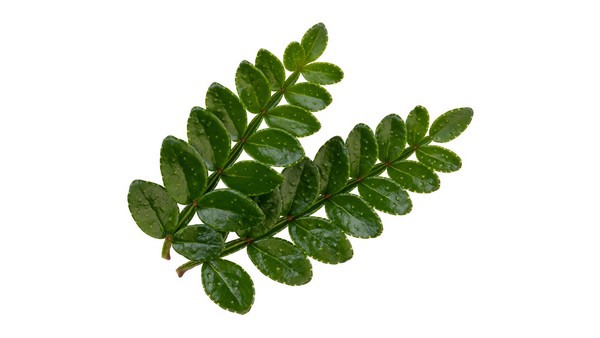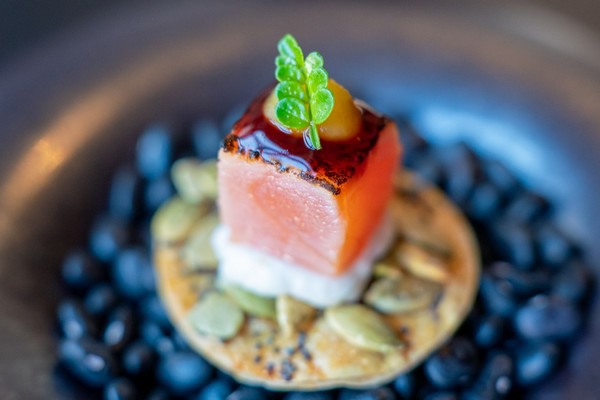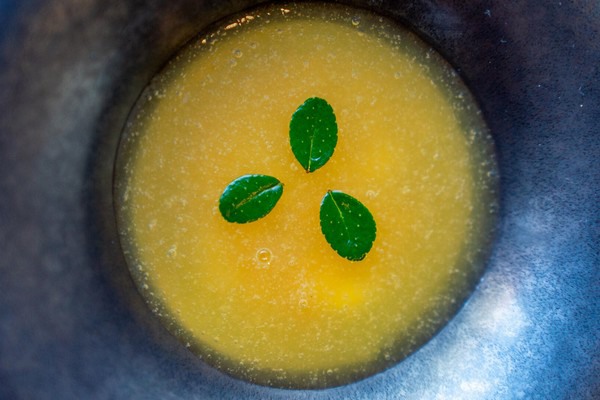Koppert Cress introduces Sansho Leaves. "A fresh flavor reminiscent of citrus, yuzu, and kaffir lime. That is combined with peppery and spicy notes. When eating these leaves, you experience a gentle tingle similar to Sechuan Buttons. These leaves taste sensational," the Dutch cress company reports on its website.

"You can use Sansho Leaves whole, but they work well in various applications. This product obviously suits North and East Asian cuisine well but lends itself well to other cuisines, too. The citrusy hints of the leaves combine well with fish, meat, and seafood. Their aromatic, tingling sensation is a perfect addition to cocktails and infusions. And, with Sansho's palate cleansing effect, desserts become a truly unique flavor experience."

History
Also known as the Japanese pepper tree, the Sansho Leaves plant finds its way in many different forms into Japanese cuisine. Its fresh seasonal berries are picked and used as fresh, dried, or pickled ingredients. Dried Sansho berries are one of the seven herbs in Shichimi, an herbal mixture in Japanese cuisine. The young leaves are pounded in a Japanese mortar, the Suribachi and Surikogi, to be used in hotpot and Aemono (dressed dish).
"Traditionally, the Surikogi, the mortar, is made of wood from the Sansho tree, giving the food a subtle hint of its flavor. This plant's dried leaves, called Kinome, are used as an herb or topping. In Korea, Sansho Leaves (Chopi) was used in Jang spice paste for centuries," read the website. "That was before the Portuguese brought in chili peppers from America. The Jang spice paste made from Sansho Leaves laid the foundation for the Gochujang spice paste with chili everyone knows so well today."

Availability
Sansho Leaves are available year-round and, at 2-7°C, keep for up to a week. "Produced using socially responsible cultivation methods, Sansho Leaves meet culinary hygiene standards. Ready to use, even when dried, the leaves retain their effect. They are also grown according to all modern food safety measures," the Koppert Cress website concludes.
 For more information:
For more information:
Koppert Cress
Tel.: +31 (0) 174 242 819
Email: info@koppertcress.com
www.koppertcress.com
